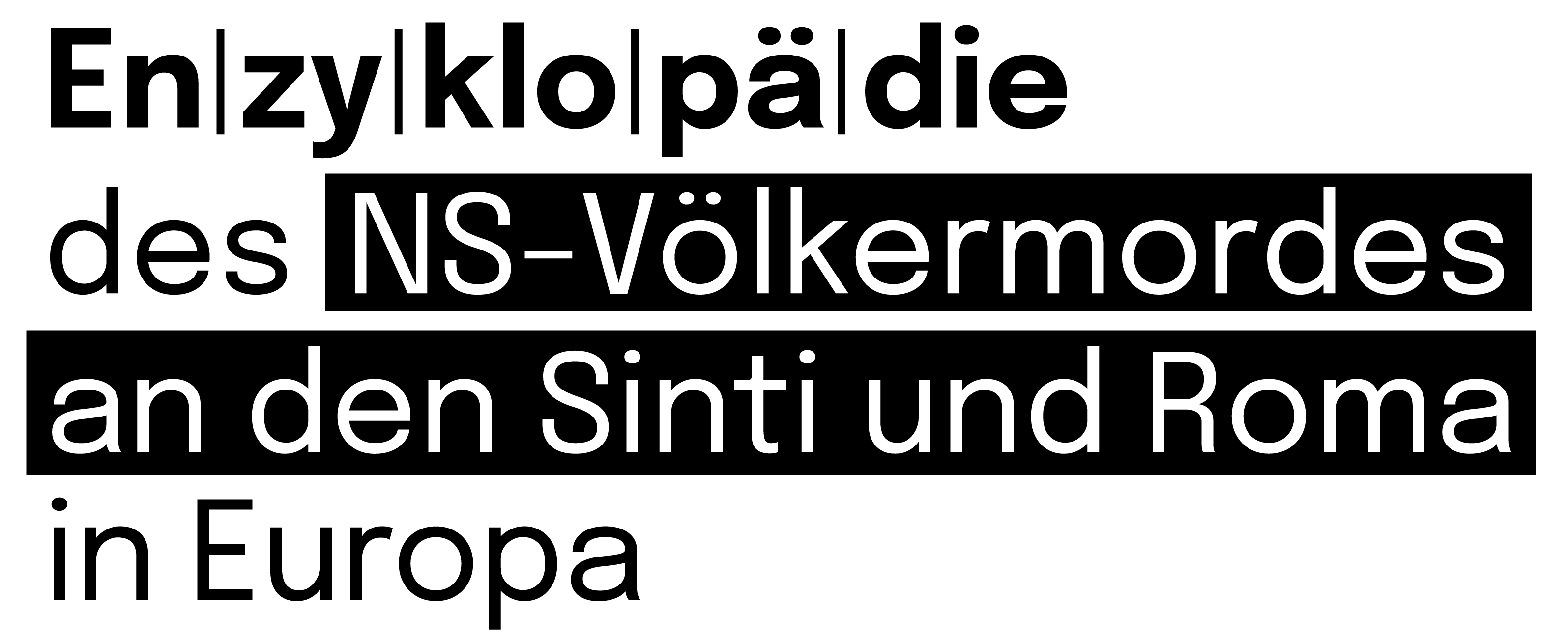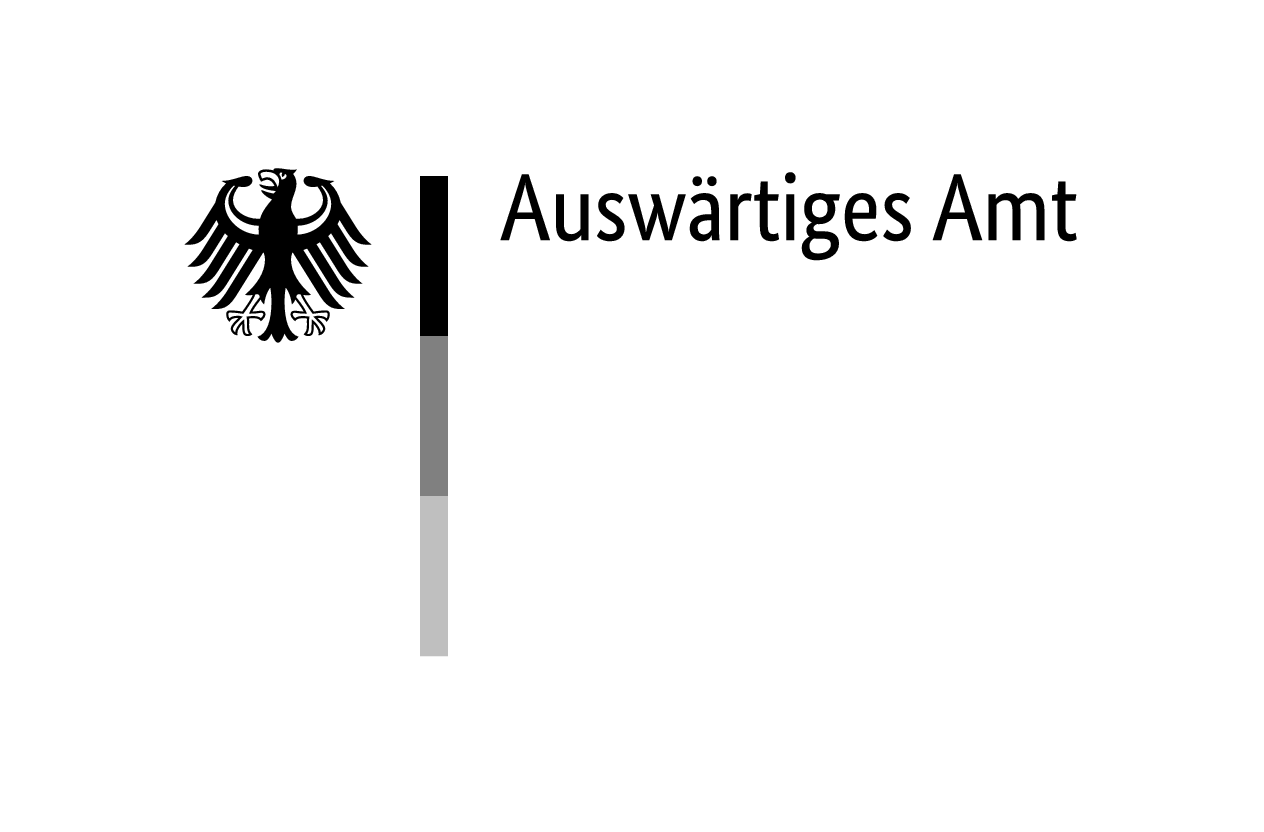Harku was a detention and mass execution site for Jews and Roma in German-occupied Estonia. Harku prison served as a subsidiary of the Tallinn Central Prison and was situated in Harju province, ca. 13 km southeast of the Estonian capital. Originally, the penal institution at Harku functioned as a colony for young people. During the interwar period, it served variously as a prison for young offenders and a labour camp for the so called work-shy. The former function ceased with the establishment of a separate ‘juvenile correctional facility’ at nearby Laitse in 1938.
Imprisonments, Deportations, Murders
The day after Nazi Germany attacked the Soviet Union, 23 June 1941, the NKVD [Narodnyi Komissariat Vnutrennykh Del, People’s Commissariat for Internal Affairs], detained about 150 ‘enemy aliens’ (i.e., recent immigrants with German, Austrian or Czechoslovakian passports) in Harku. Almost half of them were Jewish refugees. On 3 July, a freight train with the detainees on board departed Estonia for Russia.
According to the Einsatzgruppe report of 12 October 1941, Harku became a destination for Jewish women and children from Tallinn and its environs, where individuals deemed fit for work were to be engaged in peat cutting. Mothers with children were transferred to Harku via the Tallinn Central Prison. Head of the German Security Police (Sipo) in Estonia, Dr Martin Sandberger (1911–2010), mentioned a particular Jewish burial site near Harku, but it is not entirely clear whether the ca. 450 Jews buried there were murdered in a separate action at the same killing site as the rest of Tallinn Jews (i.e., Valdeku antitank ditch near the Lake Ülemiste) or in Harku proper. In the latter case, mass killings most likely took place at the prison’s own cemetery (destroyed in 1964 by order of the Ministry of Internal Affairs of Soviet Estonia).
Imprisonment and Massacre of Roma
According to the Estonian statistics office, a mere eight Roma lived in Harju province, four of them in Harku parish, on the eve of German occupation. During the first half of 1942, the police rounded up several hundred Roma and sent them to Harku Prison (which was now occasionally referred to as a ‘Gypsy concentration camp’). Among them were 47 Roma transferred in mid-March from Pärnu Prison. At least three Roma prisoners attempted to escape from Harku in the spring and summer months, yet only one apparently succeeded.
As of 18 July 1942, the camp in Harku prison housed 1,133 inmates, including 328 Roma (189 of them children). Unsurprisingly then, a mere 42 Roma were fit for work, according to the prison’s director. Even those individuals, however, could not perform forced labour, as they were exhausted by infectious disease.
Harku became the site of the first best documented massacre of Estonian Roma. On 27 October 1942, Head of Department B-IV of the Estonian Security Police, Ervin Viks (1897–1983), informed the German Sipo of the mass killing of 243 Roma. Further details about this execution are not documented. After that date, Harku no longer appears in documents as a site of mass murder.
Post-War
After the withdrawal of the German troops from Estonia in the autumn of 1944, Harku briefly functioned as a camp for German prisoners of war and since then as a women’s prison. In 1990, it became a labour colony and later an ordinary prison. Harku prison finally closed in 2012, and in 2016 a real estate company purchased the plot.




